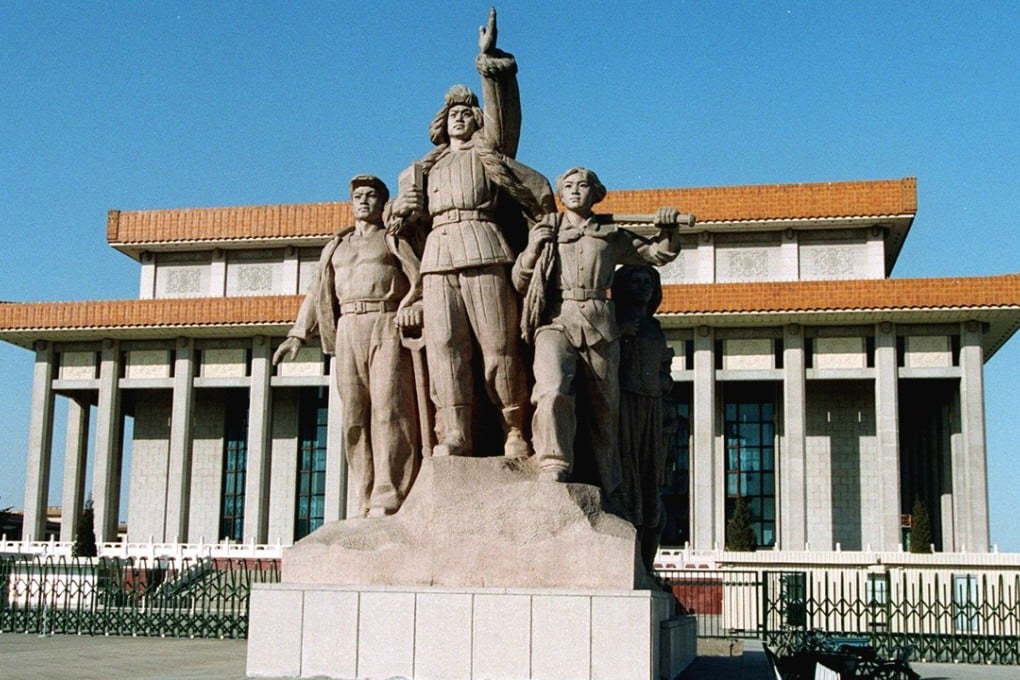If Chairman Mao’s wish was to be cremated, why was he embalmed instead?
South China Morning Post archives reveal that Mao’s mausoleum, in Beijing’s Tiananmen Square, was built at lightning speed with the help of more than 50,000 workers and was inaugurated on September 9, 1977, the first anniversary of his death

“Mao’s wish – cremation”, ran a headline in the South China Morning Post on September 14, 1976, five days after the death of the Chinese leader. However, the fate of Mao Zedong’s body remained uncertain until September 30, when the Post reported that his wish would not be granted: “Like other communist giants, the body of Chairman Mao Tse-tung is to be embalmed.”
On October 9, the New China News Agency (Xinhua) announced “a mausoleum is to be constructed in Peking to receive the body of Chairman Mao Tse-tung, which will be placed in a glass coffin,” according to an article in the Post. The public display of Mao’s body would “inspire the people into applying his instructions supporting Marxist-Leninism and into carrying through the proletarian revolution.”

Building began in Tiananmen Square on November 15, when, “Without prior announcement, thousands of workers and soldiers moved on to the massive square and within minutes the so-called ‘heart’ of China was converted into a giant construction site,” the Post reported, a day later.
Mao’s successor, Hua Guofeng, laid the mausoleum foundation stone on November 24, and progress continued at lightning speed. By August 1977, it was finished. “A total of 52,000 workers, craftsmen and artists took part in the building of the memorial hall, some of whose stones were brought from Mount Everest,” the Post reported on August 17.
Delegates to the 11th National Congress of the Chinese Communist Party, in 1977, were the first to pay their respects to the body, which was “draped with the flag of the Communist Party of China […] preserved in a coffin of crystal,” the Post reported on August 31, adding: “Chairman Mao’s face looks just as resolute and serene as he used to.”